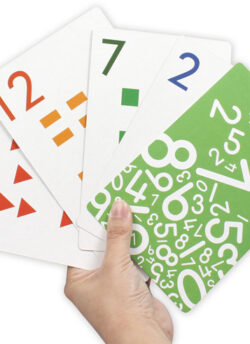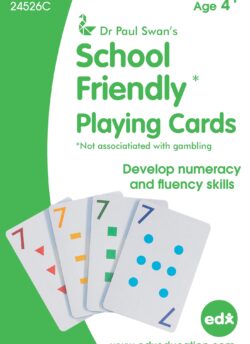Description
This book links elements to the Australian Curriculum with the use of a Geoboard to develop many geometry and measurement concepts. Explore the following mathematics concepts with geoboards and the aid of this book:
Shape: Properties of shape, angle, similarity and congruence
Location: Position co-ordinates
Transformation: Reflection rotation and translation
Perimeter and area
This book explains how to get the most from a Geoboard. Geoboards provide the opportunity to explore geometry and measurement concepts, with a little algebra thrown in.
Download the extra 10 activity cards!
| Geoboard Gems | |
| Australian Curriculum Links | |
| Yr2: ACMMG042 | Children will be become familiar with the language of geometry as applied to the creating of 2D shapes. Describe and draw two-dimensional shapes. |
| Yr2: ACMMG042 | |
| Yr 4: ACMMG089 | |
| Geometeric Reasoning | Children will be become familiar with the language of geometry, including angles, as applied to the creating of 2D shapes. |
| Compare angles and classify them as equal to, greater than or less than a right angle. | |
| Problem Solving and Reasoning | Problem Solving and Reasoning are two of the process strands and involve students working in a logical manner to solve problems. |
| Yr2: ACMMG042 | |
| Yr 4: ACMMG089 | |
| Yr 7: ACMMG165 | |
| Geometric Reasoning | |
| Problem Solving and Reasoning | Describe and draw triangles identifying key features of triangles. |
| Compare angles and classify them as equal to, greater than or less than a right angle. | |
| Identifying side and angle properties of scalene, isosceles, right-angled and obtuse-angled triangles. | |
| Yr 7: ACMMG165 | |
| Geometric Reasoning | |
| Problem Solving and Reasoning | Describe and draw two-dimensional shapes, identifying key features of squares, rectangles, kites, rhombi … |
| Classify triangles according to their side and angle properties and describe quadrilaterals, describe squares, rectangles, rhombi, parallelograms, kites and trapeziums. | |
| Yr 7: ACMMG165 | |
| Geometric Reasoning | |
| Problem Solving and Reasoning | Describe and draw two-dimensional shapes, identifying key features. |
| Yr 4 – | |
| Geometric Reasoning | |
| Problem Solving and Reasoning | Developing geometric language and setting criteria for various figures. |
| Yr 5: ACMNA107 | |
| Yr 6: ACMNA133 | Describe, continue and create patterns resulting from addition and subtraction. |
| Continue and create sequences. Describe the rule used to create the pattern. Additive and multiplicative patterns. | |
| Yr 4: ACMMG087 | |
| Yr 5: ACMMG109 | |
| Yr 7: ACMMG159 | Areas of regular and irregular shapes , eg by counting the number of square centimetres required to cover areas. |
| Calculate the perimeter and area of rectangles. | |
| Developing the formulas for areas of rectangles, triangles and parallelograms. Using the relationship between the area of rectangles and triangles to develop the formula for the area of triangles. | |
| Problem Solving and Reasoning | Problem Solving and Reasoning are two of the process strands and involve students working in a logical manner to solve problems. |
| Yr 9: ACMMG222 | Investigate Pythagoras’ Theorem. |
| Yr 6: ACMNA125 | Compare fractions with related denominators. |
| Yr 5: ACMNA101 | Understanding that Pythagoras’ Theorem is a useful tool in determining unknown lengths in right-angled triangles and has widespread applications. |



















